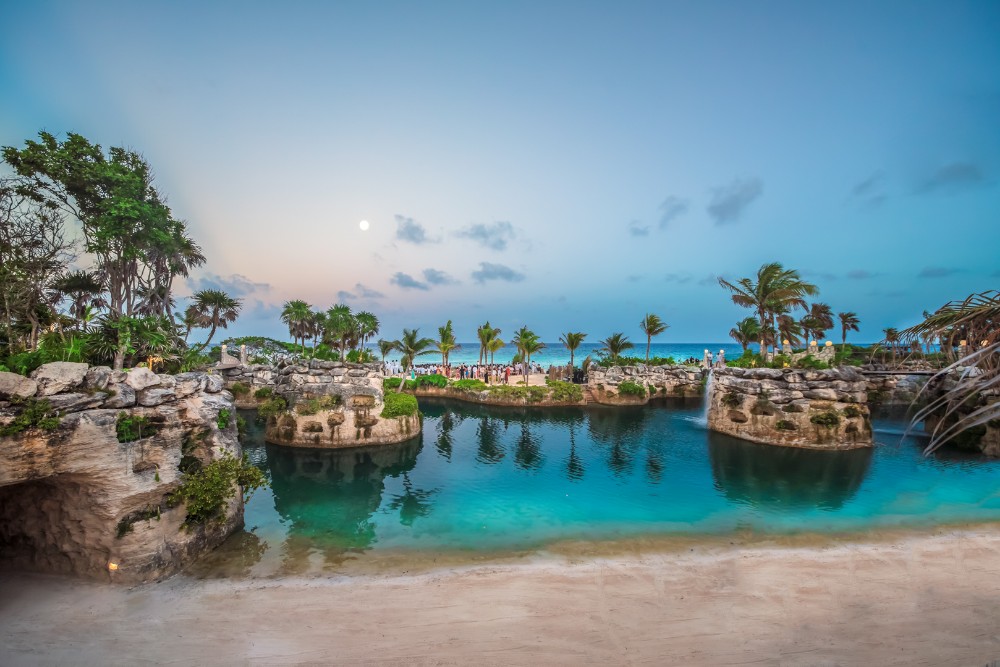Welcome to The Fairytale Traveler “Travel” page where we blog about travel! This is your gateway to accessing the niches that we cover on our travel blog.
Whether you’re looking for destinations, new places to visit, vacation ideas, travel tips, hotels, luxury travel, international travel, adventure travel, family travel, road trip ideas, or (our favorite) fairytale travel, we’ve got you covered!

Destinations, Best Places to Travel, Vacation Ideas, and Niches Found on The Fairytale Traveler Travel Blog
Places to Travel – Destinations
What would a travel blog be without destinations? Over the past 10 years, Christa Thompson and her son have racked up those passport stamps to bring you some of the best places to travel you didn’t know you needed.
Our travel blog shares content on the following destinations: Travel to Asia, Travel to Australia, Travel to Canada, Travel to Europe, Travel to the UK, Travel to Ireland, Travel to Mexico, Travel to the Caribbean, and Travel to USA.
Travel Style
Everyone has a travel style. It’s the way you travel and what you enjoy when you’re traveling. And, it can change entirely based on those traveling with you.
Are you exploring solo travel or maybe you’re finally getting some family travel on the books? Do you prefer to adventure outdoors? Are you more of the luxury travel type? Or are you looking for fairytale travel?
No matter what your travel style is, there’s something magical here for everyone.
Fairytale Travel
Don’t want to come home and tell another “Tower of Pisa” story? Then maybe the ‘Fairytale Travel’ style is for you.
Take it from us, there will be zero people who forget that you explored fairy sites in Ireland, Viking legends in Norway, or castles in Scotland.
That’s what ‘Fairytale Travel’ is all about.
Exploring magical places filled with legends and lore, from storybook villages to haunted ones, these are the places, sites, and experiences that you will remember forever.
Take a closer look at our magical approach to finding new places to travel to with the following topics that we cover: Castles and Historic Places, Creepy and Obscure Places, Film Tourism, Literary Travel, Magical Places, and Places with Cool History and Legends.
We also cover; Adventure Travel, Couples Travel, Family Travel, Holiday Travel, Luxury Travel, Road Trip Ideas, and Solo Travel.
We’ve been staying in some pretty cool accommodations. From castle hotels to luxury urban lofts, we’ve been a bit spoiled when it comes to the places we stay. We’ve even stayed in a tipi!
Whether you’re looking for all-inclusive resorts for family or a secluded room built into an actual waterfall, we’ve got that covered too. Check out our favorite places to stay here:
Hotels and other accommodations that we write about:
Bed & Breakfasts, Hotels, Luxury Hotels: Castles, Resorts, Boutique Hotels, Unique Accommodations: like glamping, camping, rustic hotels, one-of-a-kind hotels, Resorts: all-inclusive, family, adult only, getaways
Travel Tips
You can’t spend ten years traveling and not pick up on a few hacks and travel tips along the way. Check out our tips on scoring travel deals, hotel deals, how to plan for specific destinations, travel transportation, travel with pets, how to save on luxury travel, booking tours, and practical travel advice!
So, go ahead, take a look around! Be sure to subscribe so you never miss a post. And don’t forget that you’re never too old to read a good story or make one of your own.





